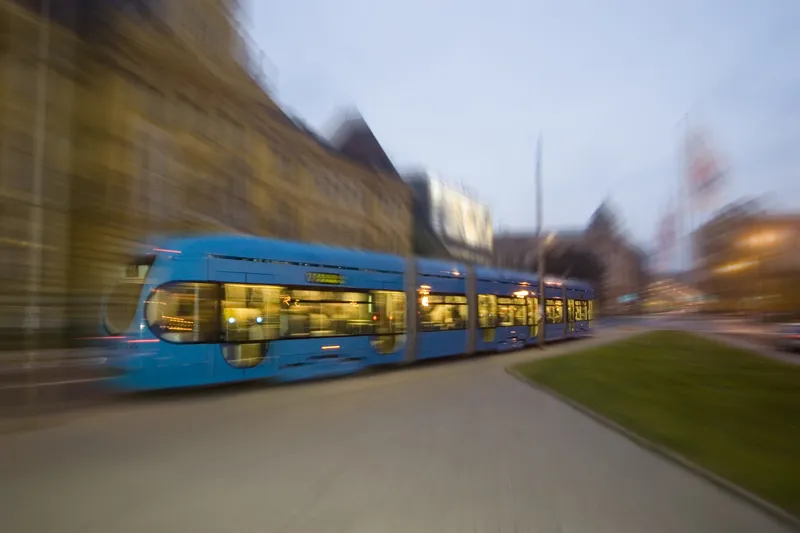By vehicle type, the passenger vehicle segment is projected to lead the AEB market in terms of value, the primary reason being greater concern about safety amongst passenger vehicle users compared with commercial vehicle users. The higher volume of passenger vehicles compared with commercial vehicles also acts as a factor to increase the share of autonomous emergency braking (AEB) systems in the segment.
High speed inter-urban AEB systems are those systems that generally operate at higher speeds and across inter-urban road conditions. In coming years, the report predicts that off-road activities per consumer and number of sports-utility vehicles (SUV) will rise globally. It also projects that the overall number of vehicles operating in inter-urban road conditions will grow.
The Asian region is expected to hold around 50 per cent of global passenger vehicle production and high production volume and higher penetration of AEB systems in countries such as Japan and South Korea are expected to contribute towards growth of AEB systems in Asia.
Autonomous emergency braking predicted to grow by 22 per cent by 2025
MarketsandMarkets’ latest research report estimates that the marker for autonomous emergency braking (AEB) systems is projected to grow and reach US$55.31 billion by 2025, growing at a CAGR of 22.23% from 2020 to 2025. Government mandates in European countries and the US and rising safety concerns shall be the major drivers for the growth of this market. By vehicle type, the passenger vehicle segment is projected to lead the AEB market in terms of value
September 22, 2017
Read time: 2 mins









